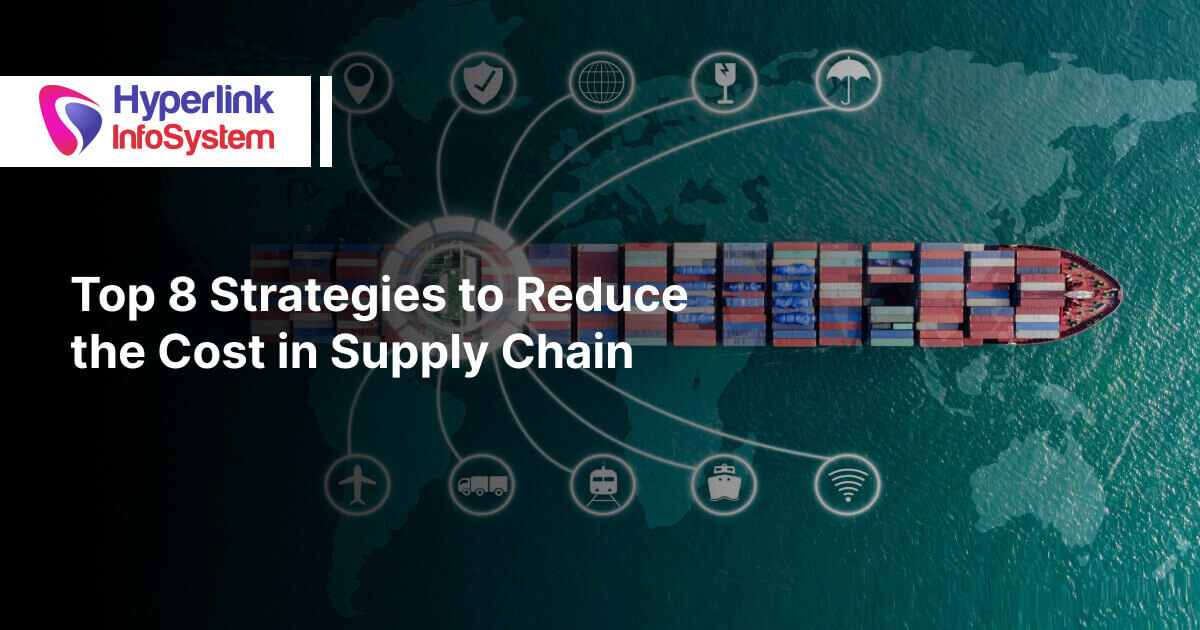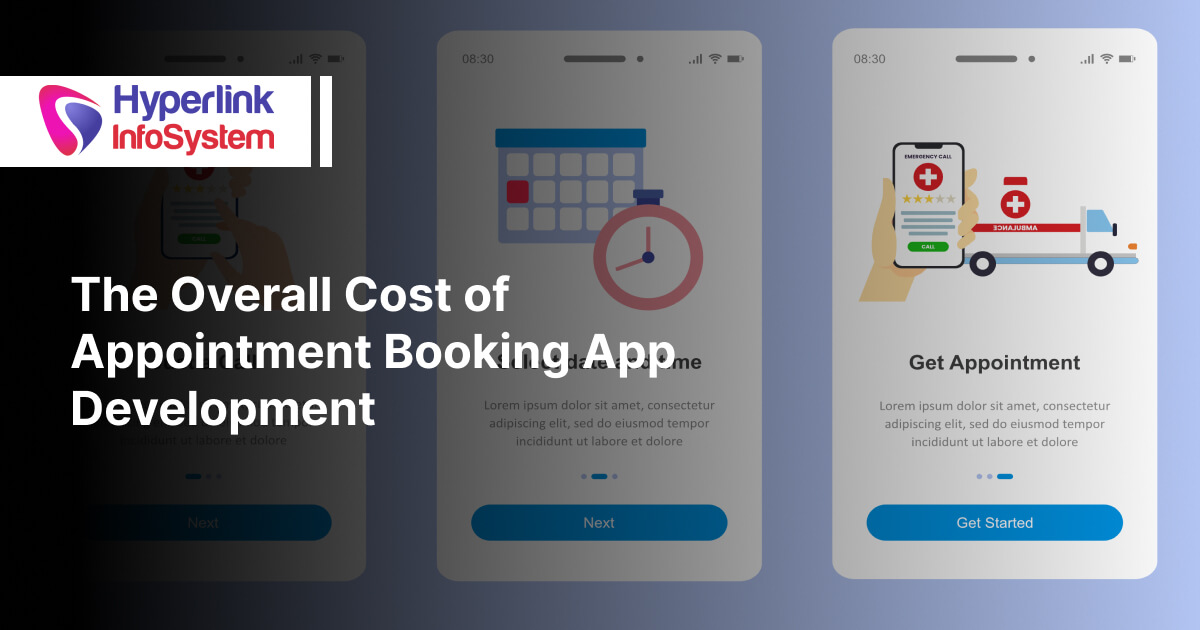Lately, blockchain technology is on everyone's lips, not only because of cryptocurrencies, but because of the capabilities it offers. The term is a rather approximate representation, since they really would be something more like files that store certain information.
Blockchain is a single record of everything that is happening within a network where all nodes connected to it have a copy. The blocks of a blockchain store information of the block that precede them and transfer information to the next block to be created.
Different information is stored within each block. The most important item that is stored in a block is a certain number of transactions. Additionally, a block can hold other important data, such as the identifier of the previous block, a timestamp or the nonce. It is precisely the block and the elements that it stores combined with cryptography that makes blockchain technology secure.
Any attempt to manipulate a transaction in a block stored in the chain will be sterile. This is because all the elements of the block are mathematically stored in a hash, which will change if we change any parameter of the block. The network will detect the deception attempt and reject it. In addition, the older the block, the lower the probability of manipulation, since it would force altering the blocks subsequent to the one that has been manipulated.
Features of blockchain technology
There are some elements that must be met for us to talk about blockchain technology, at least the construction developed for cryptocurrencies. These characteristics are:
• Distributed: Blockchain technology, far from what is usually indicated as a decentralized network, is a distributed technology. All the nodes of the network are the same, they have a copy of the information of the blockchain and that one of them disconnects does not affect the network at all.
• Consensus: For each cryptocurrency there are a series of rules that all members of the network must comply with. These rules establish the operation of the network and the transaction validation mechanism and the block generation process.
• Publish: All transactions and all network operations are public, and can be read by anyone.
• Security: The information of the processes carried out is stored in blocks preventing the manipulation of the information and double spending.
• Immutable: As blockchain technology is based on cryptography, any mere attempt to alter the information in a block is easily detected. The manipulation attempts are quickly detected by the rest of the nodes and the chain or block with the altered information is rejected.
• Publicly accessible: We are talking about a technology accessible to everyone, where we do not need anyone's permission to access the network. We simply have to download one of the available wallets and start operating.
• Traceability: You can follow the trace of any transaction carried out, since the transactions are public. This allows any transaction to be audited and tracked. It is precisely this parameter that makes cryptocurrencies such as Bitcoin or Ethereum not optimal for illicit activities.
• Privacy: No information is stored about the users who operate on the network. Privacy is often confused with anonymity, something that blockchain technology does not natively offer, although it can be achieved in some currencies. Anonymity would be the impossibility of tracking transactions, making it impossible to know the issuer and receiver of the funds. In Bitcoin or Ethereum, you can know who is the sender and the receiver, at least their wallets. Privacy is broken if we reveal that a public key (or address) is owned by us and this can be done through a payment or using an exchange.
• Open source: The code of blockchain technology is accessible to everyone, since it is published at the disposal of everyone. Anyone can download the code, audit it, modify it and do what they want with this code.
Currently, there is much talk about blockchains for private use, which breaks with many of the aspects described in this section. These "private" blockchains require permission to access to use them, the code is not accessible, they are not distributed networks, there is no capacity to trace all movements and they are not public, they are not resistant to censorship and they lack privacy. If you consider developing a blockchain solution, you should contact us at Hyperlink Infosystem.
What is stored in a block
To understand blockchain, you must understand what is stored in a block. It is precisely the information stored in a block that is the key element, and this is:
• TX Root: It is a Merkle Tree construction that combines the hash of all transactions into a root hash that encompasses them all. It would be a compression of all the transactions as if they were one, simplifying the creation of the block.
• Timestamp: Timestamps are another very important element within blocks. It is a record of the date and time, according to UTC time that tells us when and at what time this block was generated.
• Nonce: It is a random number that can only be used once and that requires a great computational capacity. Nonces are used to ensure that the block has not been tampered with.
• Coinbase: Amount of coins that are put into circulation with the generated block. In the case of Bitcoin, the Coinbase is 6.25 BTC per block and in Ethereum it is 2 ether per block.
• Difficulty: Mathematical value that tells us the difficulty for generating a valid hash.
• Height: Block height indicator. It simply tells us what the number of the block is and it also serves to know how many blocks there are in the blockchain.
• Size (in bytes): It is the total weight of the block that is normally presented in bytes.
• Transmitter: It tells us who was the miner or the mining pool that generated the block.
• Header: It is vital information that is generated for the creation of the next block.
• Volume: The number of cryptocurrencies that have been moved between all the transactions stored in this block.
• Block fee: Sum of all the commissions of the block transactions.
 +1 309 791 4105
+1 309 791 4105




















































 +91 8000 161161
+91 8000 161161
